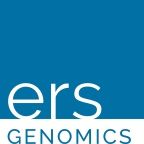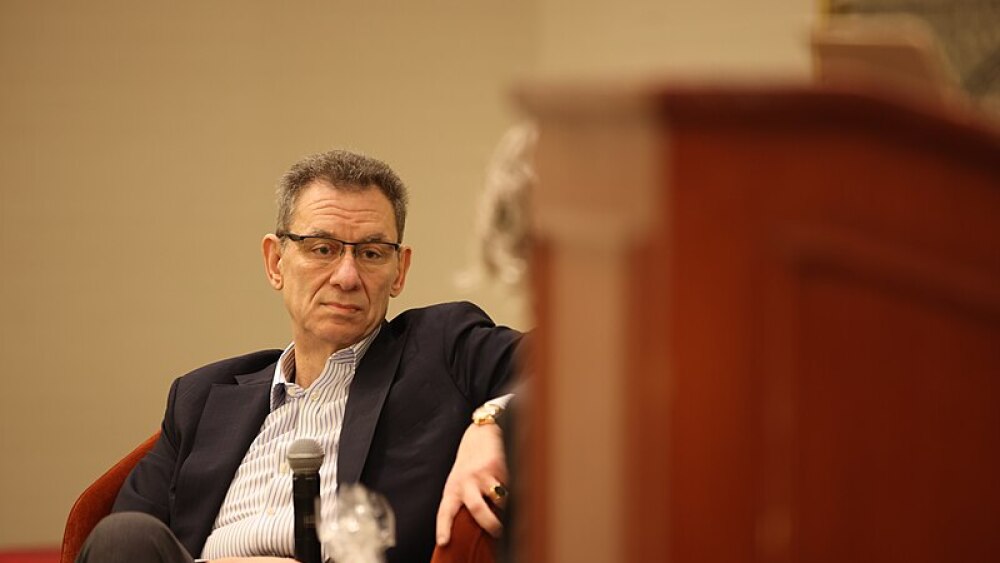ERS Genomics Limited announced that the U.S. Patent and Trademark Office declared a patent interference between 10 separate patent applications owned by the University of California, the University of Vienna, and Dr. Emmanuelle Charpentier, on the one hand, and 13 patents and one application held by the Broad Institute, Harvard University, and the Massachusetts Institute of Technology.
DUBLIN--(BUSINESS WIRE)-- ERS Genomics Limited, which was formed to provide broad access to the foundational CRISPR/Cas9 intellectual property held by Dr. Emmanuelle Charpentier, announced today that the U.S. Patent and Trademark Office (USPTO) declared a patent interference between 10 separate U.S. Patent applications owned by the University of California, the University of Vienna, and Dr. Emmanuelle Charpentier (collectively, UC), on the one hand, and 13 patents and one application held by the Broad Institute, Harvard University, and the Massachusetts Institute of Technology (collectively, Broad). The subject matter of the interference relates to the single-guide format of CRISPR/Cas9 genome editing technology in eukaryotic cells. ERS Genomics is an exclusive licensee of certain rights in the UC patents from Dr. Charpentier.
“This is precisely what we expected after the initial proceeding failed to examine the question of who first invented the use of CRISPR in eukaryotes,” commented Eric Rhodes, Chief Executive Officer, ERS Genomics, “The outcome of the first proceeding left open this question. We feel strongly that once the evidence is examined the patent office will find that it was the collaborative efforts of Dr. Charpentier and Dr. Doudna and their colleagues that first provided this important application of CRISPR, including in a single-guide format.” He added: “The patent office will have to focus on the issue of who was first to invent this time and we look forward to putting our case in front of the public so that proper credit can be given to Dr. Charpentier, Dr. Doudna and their colleagues who are responsible for the discovery of this truly disruptive genetic tool.”
A patent interference is an administrative proceeding through which the USPTO determines which group was first to invent, when two or more groups claim the same invention. An initial interference (Number 106,048) was declared among these same parties on January 11, 2016, but was discontinued after a finding of “no interference in fact” because the claims in the involved UC application were broader in scope than the claims of the involved Broad patents. Those UC claims related to use of the CRISPR/Cas9 system in any environment, including bacterial, animal and human cells, whereas the Broad patents were all limited to applications in eukaryotic cells. After being released from the interference, the first UC application issued as a patent. Since the "no interference in fact" ruling, a total of 6 UC patents have now issued with these broader scope claims covering any environment; and an additional 6 applications have been allowed and are proceeding toward issuance. None of these issued UC patents are involved in this new interference. In the initial interference the USPTO ruled that use in eukaryotic cells was different from the UC claims. Due to the termination of the first interference, the USPTO did not examine the question of who was first to invent the use of CRISPR/Cas9 in eukaryotes. Because all of UC’s claims in this new interference relate to a eukaryotic environment, like Broad’s patent claims, there should not be a finding of no interference in fact in this second interference.
UC’s first provisional application covering the use of CRISPR/Cas9 technology in any cells, including prokaryotic and eukaryotic cells, and including the single-guide format, was filed in May of 2012. One month later, in June, Dr. Charpentier, Dr. Doudna and their team published a pivotal paper (Jinek M, et al (2012), Science, 337, 816-821) which informed scientists around the world how to use and design CRISPR for tailored genome editing. The first application by Broad was filed in December of 2012, so UC’s first filing on the use of CRISPR/Cas9 in eukaryotic cells thus predates that of Broad by nearly seven months. Broad paid an additional fee to the USPTO to have its application given expedited examination and this resulted in the issuance of Broad’s first patent (8,697,359) on April 15, 2014 before the UC applications had even started the examination process. Within one year of the Jinek et al., publication more than ten different groups were quickly successful in applying CRISPR/Cas9 to eukaryotic cells and published their results in peer-reviewed papers.
The 10 UC applications involved in the current interference were all filed with eukaryotic claims in 2018, after the first interference was terminated. Broad’s first involved ‘359 patent issued long ago in 2014 based on its expedited application filed in 2013. Because neither party was given benefit of any of its first filing dates in 2012, UC was by default named the Junior Party. Both parties will be able to request benefit of their earliest priority dates (UC in May of 2012 and Broad in December of 2012).
The interference proceeding takes approximately two years, and is divided into a motions phase and a priority phase. During the motions phase, each group will have the opportunity to request benefit of earlier filed priority applications, and may have the opportunity to change the scope of the interference, to challenge the other party’s claims, and possibly file other motions. During the priority phase, each group presents its records and testimony showing when it made the invention.
For additional information please visit www.ersgenomics.com
View source version on businesswire.com: https://www.businesswire.com/news/home/20190626005301/en/
Contacts
Katie Odgaard
Zyme Communications
Tel: +44(0)7787 502 947
Email: katie.odgaard@zymecommunications.com
Source: ERS Genomics Limited






